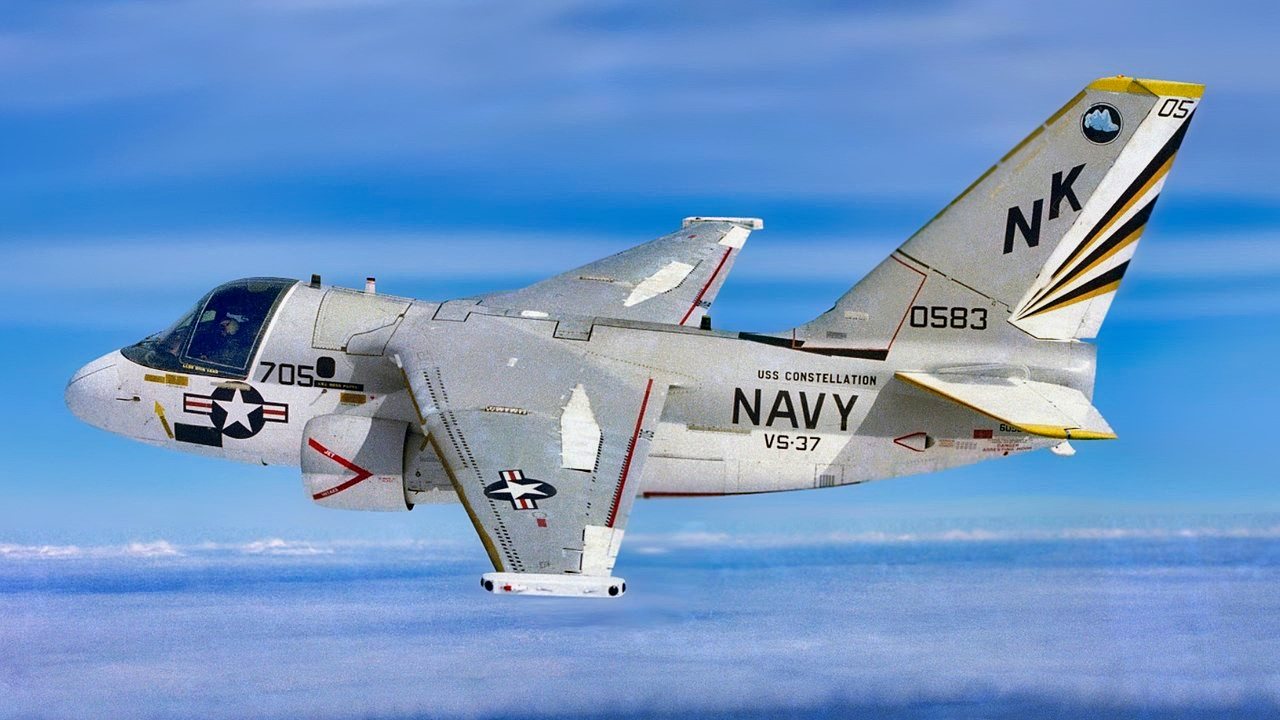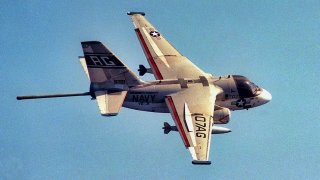S-3 Viking: This Plane Might Go Down as the Best Submarine Hunter Ever
In 2021, NASA retired the S-3 Viking, its primary research aircraft for 16 years, now displayed at the San Diego Air and Space Museum. Initially developed by Lockheed Martin for the U.S. Navy in the 1960s for anti-submarine warfare, the Viking, known as "War Hoover" for its distinctive sound, was a versatile aircraft carrier-based platform.
Summary: In 2021, NASA retired the S-3 Viking, its primary research aircraft for 16 years, now displayed at the San Diego Air and Space Museum. Initially developed by Lockheed Martin for the U.S. Navy in the 1960s for anti-submarine warfare, the Viking, known as "War Hoover" for its distinctive sound, was a versatile aircraft carrier-based platform. It evolved through upgrades, notably in weaponry and electronics, reflecting its significant role in Cold War era missions and operations up to its extensive deployment in conflicts like the Gulf War and Operation Iraqi Freedom.
Why the S-3 Viking Matters
In 2021, NASA officially retired its fleet of S-3B Viking airframes. The twin-engine turbofan-powered jet aircraft was the organization’s workhorse research aircraft for 16 years. It now pulls museum duty at the San Diego Air and Space Museum.
The Lockheed Martin-designed platform was dubbed the “War Hoover” when first introduced, because in action it produced a sound like a vacuum cleaner. While the aircraft is no longer in service, its combat history is still admired.
The History of the S-3 Viking
The U.S. Navy in the 1960s wanted a new airframe to fulfill its VSX (heavier-than-air, anti-submarine, experimental) requirement.
The airframe would have to prioritize anti-submarine warfare, and it needed to fly from aircraft carriers. Lockheed Martin and a team consisting of Northrop Grumman and Convair were tasked with developing research proposals to fulfill this requirement. Lockheed’s YS-3A prototype was selected as the winner of the VSX contest.
The first Viking took to the skies in the early 1970s, and 186 of these airframes were developed by the end of the decade. Over time, the vast majority of S-3As were modified with newer technologies and redesignated as S-3Bs.
Specs & Capabilities
The Viking was built as a twin turbofan jet airframe that seated a crew of four including a pilot, a copilot, a sensor operator, and a tactical coordinator. Unlike other tactical jets, which necessitated ground service equipment, the Viking featured an auxiliary power unit capable of unassisted starts.
As part of upgrades in the early 2000s, the Viking was modified to carry the Raytheon AGM-65E laser-guided and AGM-65F infrared-guided Maverick missile. The Viking S-3B could also carry the Boeing AGM-84 Harpoon anti-ship missile. With a maximum weapons payload of more than 1,780 kilograms, the platform could arm torpedoes, nuclear depth charges, and other bombs.
In terms of electronics, the Viking was well-equipped, and varied according to its mission. When the collapse of the Soviet Union and the breakup of the Warsaw Pact in the early 1990s greatly reduced the need for aerial submarine hunters, the Vikings’ anti-submarine warfare equipment was removed and replaced with newer technologies. Each of these airframes featured high-speed computer system processes including the Inverse/Synthetic Aperture Radar, infrared sensors, and an Electronic Support system.

Operational History and Retirement
The S-3 Viking was extensively deployed in the 1991 Gulf War, followed by the wars in the former Yugoslavia and Operation Enduring Freedom. During Operation Iraqi Freedom, the S-3 actively participated in intelligence and reconnaissance operations.
When the S-3 Viking platform was officially retired, NASA acquired four of these withdrawn airframes for use at its Glenn Research Center.
About the Author: Maya Carlin
Maya Carlin, National Security Writer with The National Interest, is an analyst with the Center for Security Policy and a former Anna Sobol Levy Fellow at IDC Herzliya in Israel. She has by-lines in many publications, including The National Interest, Jerusalem Post, and Times of Israel. You can follow her on Twitter: @MayaCarlin.

